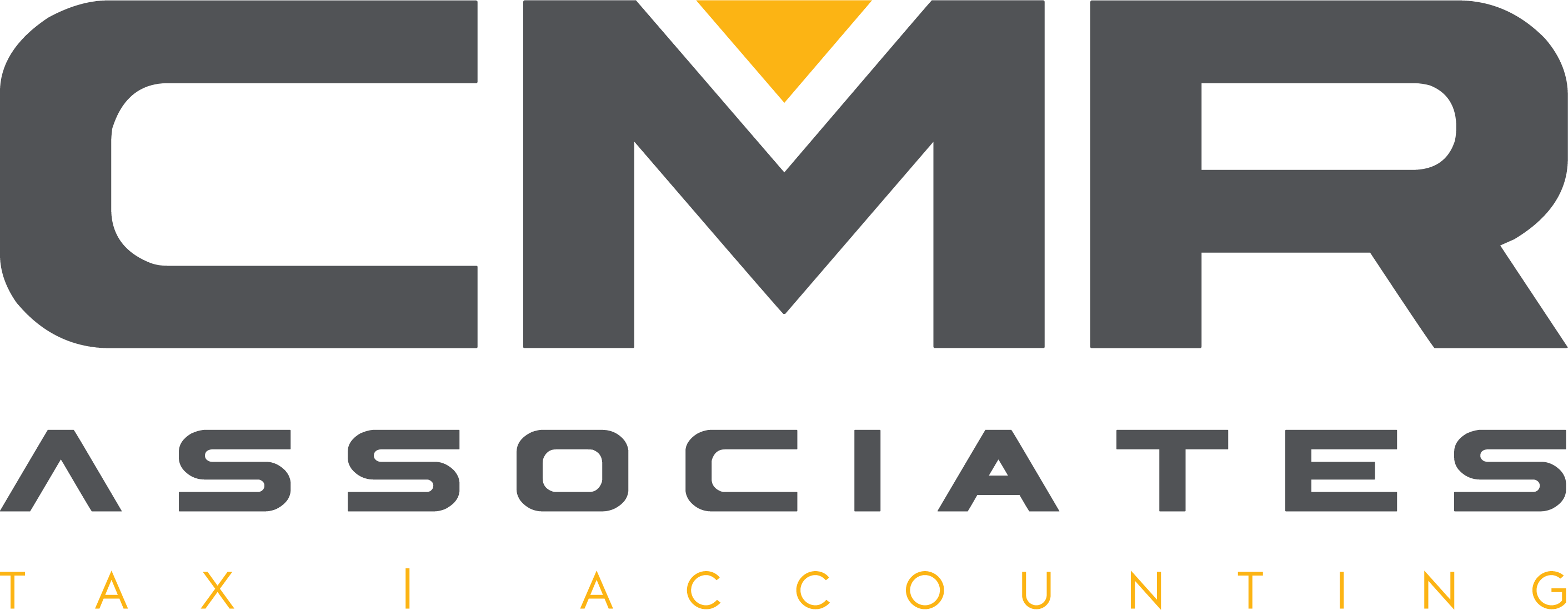
The Tax Cuts and Jobs Act created a new federal tax credit for employers that provide qualified paid family and medical leave to their employees. It’s subject to numerous rules and restrictions and the credit is only available for two tax years — those beginning between January 1, 2018, and December 31, 2019. However, it may be worthwhile for some businesses.
The value of the credit
An eligible employer can claim a credit equal to 12.5% of wages paid to qualifying employees who are on family and medical leave, if the leave payments are at least 50% of the normal wages paid to them. For each 1% increase over 50%, the credit rate increases by 0.25%, up to a maximum credit rate of 25%.
An eligible employee is one who’s worked for your company for at least one year, with compensation for the preceding year not exceeding 60% of the threshold for highly compensated employees for that year. For 2019, the threshold for highly compensated employees is $125,000 (up from $120,000 for 2018). That means a qualifying employee’s 2019 compensation can’t exceed $72,000 (60% × $120,000).
Employers that claim the family and medical leave credit must reduce their deductions for wages and salaries by the amount of the credit.
Qualifying leave
For purposes of the credit, family and medical leave is defined as time off taken by a qualified employee for these reasons:
- The birth, adoption or fostering of a child (and to care for the child),
- To care for a spouse, child or parent with a serious health condition,
- If the employee has a serious health condition,
- Any qualifying need due to an employee’s spouse, child or parent being on covered active duty in the Armed Forces (or being notified of an impending call or order to covered active duty), and
- To care for a spouse, child, parent or next of kin who’s a covered veteran or member of the Armed Forces.
Employer-provided vacation, personal, medical or sick leave (other than leave defined above) isn’t eligible.
When a policy must be established
The general rule is that, to claim the credit for your company’s first tax year that begins after December 31, 2017, your written family and medical leave policy must be in place before the paid leave for which the credit will be claimed is taken.
However, under a favorable transition rule for the first tax year beginning after December 31, 2017, your company’s written leave policy (or an amendment to an existing policy) is considered to be in place as of the effective date of the policy (or amendment) rather than the later adoption date.
Attractive perk
The new family and medical leave credit could be an attractive perk for your company’s employees. However, it can be expensive because it must be provided to all qualifying full-time employees. Consult with us if you have questions or want more information.




